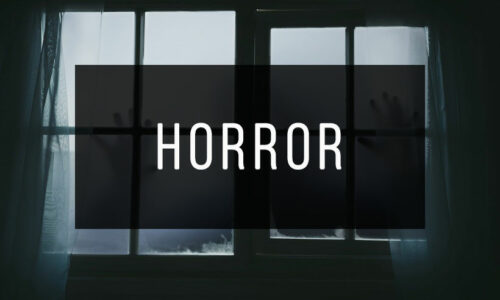The Mystery of Marie Roget
Author: Edgar Allan Poe
*Wait a few seconds for the document to load, the time may vary depending on your internet connection. If you prefer, you can download the file by clicking on the link below.
The Mystery of Marie Rogêt was first published in Ladies’ Companion magazine in three episodes: November and December 1842, and February 1843.
It is based on the actual murder of Mary Cecilia Rogers, a crime that paralyzed New York due to the unusual violence that the killer poured on the young girl. Marie Roget was a beautiful lady who helped her elderly mother run a boarding house.
Her father had died when she was little. At the age of 22 she entered a perfume shop, capturing the attention of her employer and customers. Her lifestyle was normal, until one day she mysteriously disappeared. Second of the stories starring Detective August C. Dupin, with whom Poe became one of the pioneers of criminal literature.
* If you have doubts about how to download free books from InfoBooks, visit our guide to downloading books.
This may interest you
The Raven
Edgar Allan Poe
The Raven is a narrative poem written by Edgar Allan Poe and his most famous poetic composition. It was first published in January 1845.
Its musicality, stylized language and supernatural atmosphere are remarkable. It tells of the mysterious visit of a talking raven to the house of a grieving lover and the slow descent into madness of the latter.
It is one of his best known poems and its iconography has been copied and paid homage to on numerous occasions, both in other books and poems and in television programs or films.
The Fall of the House of Usher
Edgar Allan Poe
A young gentleman is invited to the old house of a childhood friend, Roderick Usher, a sickly and eccentric artist who lives completely secluded in the company of his sister, Lady Madeline, also in poor health.
Usher lives in the grip of an indefinable illness, which makes everyone fear for his life. The one who ends up dying is his sister. Her mortal remains are placed in a crypt, but soon terrible events occur that will lead to a tragic end.
The Fall of the House of Usher is one of Edgar Allan Poe’s best known stories and has been adapted for the cinema on several occasions.
The Tell-Tale Heart
Edgar Allan Poe
In this story Edgar Allan Poe explores the doom of human beings by the gratuitous and irrational hatred that is allowed to grow in the hearts of murderers.
The narrator is recounting his performance until he explains his own arrest by the officers and the hatred he felt growing for an old man and his eye.
First published in the literary journal The Pioneer in January 1843 Poe later republished it in his newspaper The Broadway Journal in its August 23, 1845 edition. It is one of his best-known horror stories.
The Murders in the Rue Morgue
Edgar Allan Poe
XIX Century. The barbaric murder of two women, mother and daughter, takes place in an apartment in a populous street in Paris. The first investigations do not give any result, evidencing the impotence of the police to clarify the facts.
Finally, an amateur detective, M. Dupin, takes charge of the matter and, after intense and brilliant investigation, offers an extraordinary explanation.
The Murders in the Rue Morgue, is one of the most important detective stories of Edgar Allan Poe and with which he would lay the foundations of much of the black and criminal genre born in the decades following its publication.
The Pit and the Pendulum
Edgar Allan Poe
The narrator/protagonist begins the story, already exhausted, in a dark cell where the Spanish Inquisition locks up the people it condemns, and where the torture it applies consists of loneliness, abandonment, darkness, cold and hunger.
The tortured protagonist is almost entirely tied up and experiments the anguish of knowing his next death as a pendulum descends towards him. After measuring the size of his cell, he discovers a deep pit with water located in the center of the site.
He is sure that he will be killed by the knife at the end of that pendulum, and he entertains himself with the trajectory of the object, but then an idea occurs to him, remembering that he has at his disposal some meat, food that he shared with the rats.






































